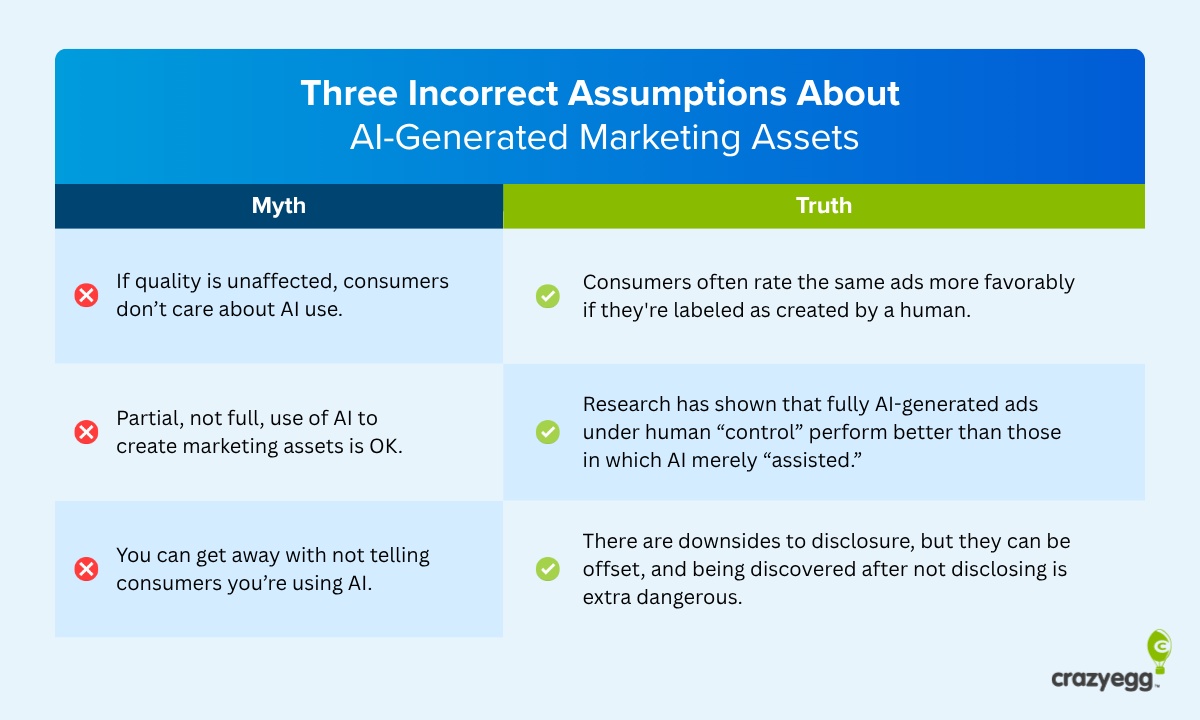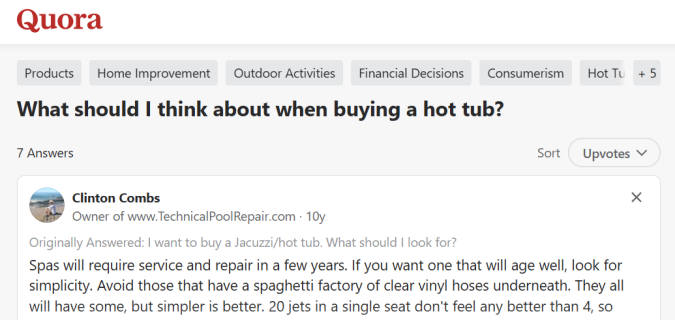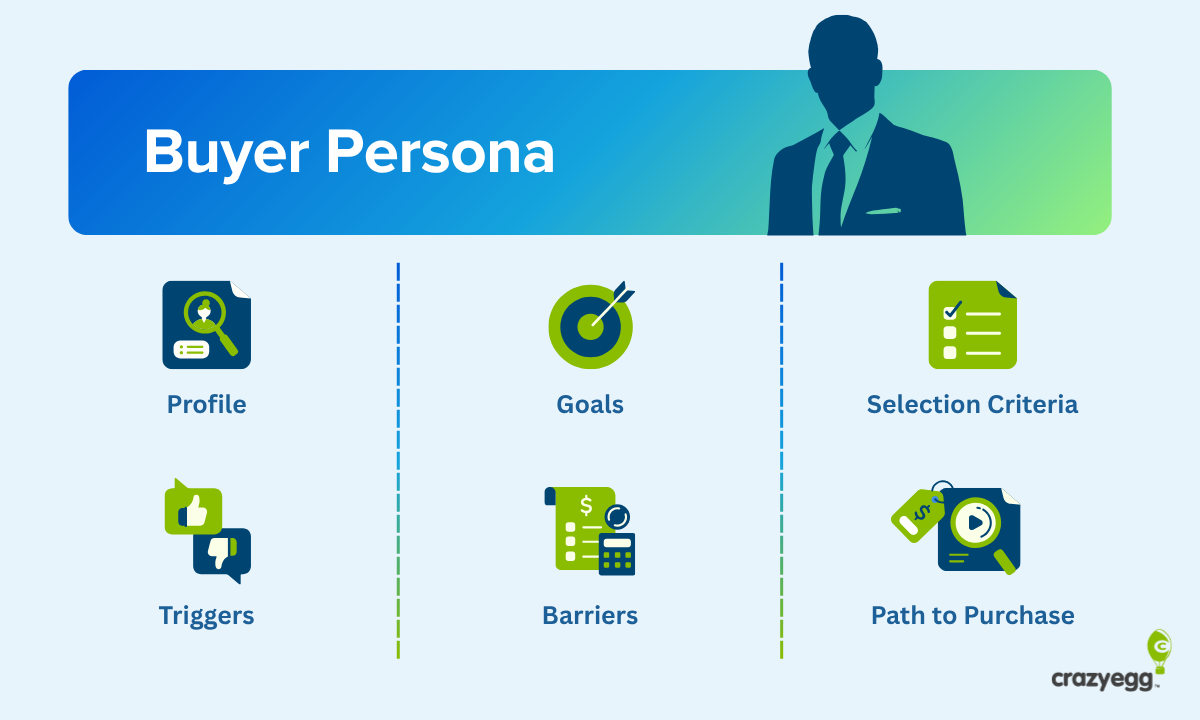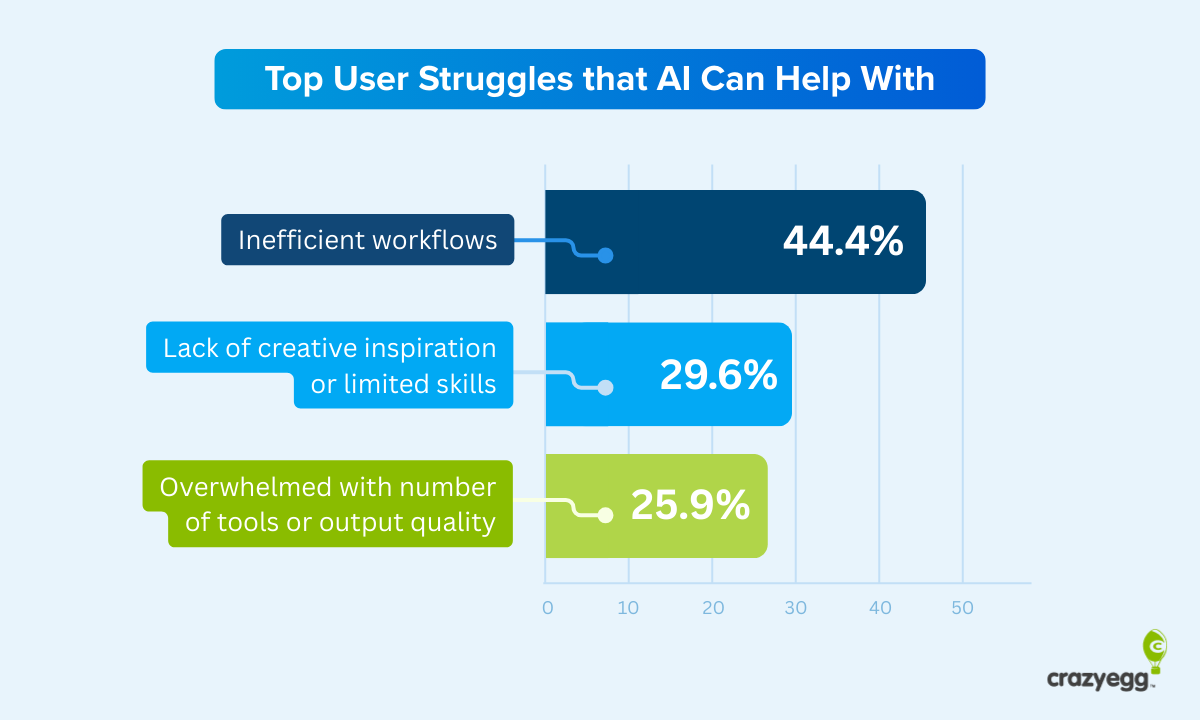Limited-time offers put any marketing campaign on steroids.
An offer with a ticking clock cuts right through our inertia, forcing us to act right now. But you have to captivate your audience with your copy and convince them to say “yes.” These five tricks will do just that.
What Is a Limited-Time Offer?
A limited-time offer is any kind of discount, deal, special gift, or reward a buyer can get if they purchase from you during a certain time.
Here is an example from Costco.

This offer lets customers know they can save hundreds if not thousands on energy-efficient appliances from top brands. It also creates that sense of urgency great limited time offers have by giving an end date to the sale AND stating that the sale will only go on while supplies last. Products may go so fast that the sale ends earlier than the given date. So, it makes people want to check it out now.
Limited-time offers draw people in and create a sense of urgency, increasing the chances of them converting.
Limited Time Offers Can Spike Sales By Up to 34%
Why would you want to make limited time offers available in the first place? Put simply, they can boost sales significantly when done right.
Let’s use Amazon’s Prime Day as an example. Prime Day is an annual two-day sales event exclusively for prime members with epic deals on top brands. According to JungleScout, Amazon pulls in about 1.4 billion dollars in sales on a regular day.
Sales reached over 12 billion dollars on Amazon Prime Day in 2023.

Channel Engine illustrated this sales increase with a few top products. A normal selling day for air purifiers was 27,569 units. This increased by 2% on Prime Day to 28,258 units. 1,539 building toys were sold on a regular day. This increased by 35% to 2,381. And finally, 350 headphones, earbuds, and accessories were sold on a regular day. On Prime Day, this increased by 18% to 427 units sold.
The data also confirmed that depending on the niche, a vendor can expect a sales increase up to 34%.
Bottom line, offering your customers a reduction in price, free shipping, or some other deal that’s only available for a short time, makes them feel like they have to get it now if they want to get the most value for their money. So, they’re more likely to shop the day or days the limited time offer is available.
Limited-Time Offer Examples
You can use different techniques to get people to act on a limited-time special offer:
The Countdown Limited Time Offer
Here’s a great example of a countdown limited time offer, from clothing store American Eagle. You see “25% Off All Online-Only Styles” and then beneath it, a countdown for how long you have until the sale ends. It makes you want to act fast because this discount on over 750+ styles will be gone in 11 hours.

The While-Supplies-Last Offer
The while-supplies-last offer is a classic technique used a lot by companies. The fact that there are a limited amount of these items available makes the buyer feel like they’re part of an exclusive club. It also adds a sense of urgency. If you want one of these, you better act before they run out.
Here’s an example from Ikea:

The One-Time Offer
A one-time offer creates the biggest sense of FOMO (fear of missing out). It’s only available to a person once. Or, when the time runs out on the offer, it’s gone forever. Here’s an example from Wayfair.

5 Ways to Get Your Audience to Act on Limited-Time Offers
There are certain qualities all high-converting limited-time offers have. Let’s walk through them and look at some good limited-time offer examples from major brands.
1. Use Seasonality Whenever Possible
There are many “seasons” throughout the year (winter, spring, summer, fall, graduation season, holiday season, back-to-school season, etc). Because these seasons come and go, what you offer during them will always be seen as limited time offers.
Even if you don’t have a seasonal business, you can still take advantage of seasonality with limited time offers.
For example, coffee businesses aren’t seasonal. But they can offer seasonal products, like the pumpkin spice lattes they offer during the fall only. Another example is clothing companies. They’re in business year-round, but drop new swimsuits solely during the summer or winterized coats during winter.
Ask yourself, “What season are we in and what offers go with that season?”
Let’s look at an example from Shutterfly, a retailer of custom photo gifts.
Here they’re offering deals on grad cards, invites, and thank-you’s because we’re in graduation season.

Here’s another example from Macy’s. It’s wedding season, so they’re offering a deal on wedding attire for men, women, and kids.

2. Incorporate Flash Deals
Flash deals feature products with substantial discounts for a very short period of time, usually just a few hours or less. They’re priced much lower than your regular limited-time offers because they’re only available for a short time.
Throwing in a flash sale every day or week in addition to regular limited time offers gives you another opportunity to boost sales and keeps customers coming back for the next one.
Let’s look at a good example from retail giant Walmart.

Walmart has its regular low prices. But they also offer flash deals where products will go on super sale for a short period and then go back to their regular prices. It entices customers because there’s always something new going on sale in these flash deals. And the prices are even lower.
For a flash deal to work, you need to first choose the best time of day to run it. You could run it when customers are making the most purchases on your site during the day or night. You could also do the opposite and run your flash deal when you don’t get a lot of visits to your site to boost traffic.
The next decision you need to make is what products to do a flash deal with. Choosing products customers are most interested in is a good option. You can also choose non-seasonal items and poor-selling items to liquidate excess inventory.
Next, choose how long your flash deals will go on. It’s best not to go over 24 hours. 3-hour flash deals are ideal, as they have the highest transaction rate at 14% according to data from Social Marketing Fella.
From here, promote your flash deals the day before they happen and on the day of across your marketing channels, like social media and your email newsletter. And finally, make sure you’re ready to process and ship an influx of purchases. People won’t return to your flash deals if they know you can’t deliver on them.
3. Add a Specific Deadline
When you see limited-time offers, you often see “Act Now” or “While Supplies Last.”
Unfortunately, these calls to action aren’t as strong as a clear timeline. Your audience may think — or hope — your offer will still be available when they check back the next day or even the next week.
The whole point of limited-time offers is to get people to act fast, and the “act now” or “while supplies last” deals won’t do this.
Instead, pick a date for when your limited time offer will end, like “Ends Friday at midnight” or “Today only.”
These types of phrases create a higher level of urgency to get your audience to buy now.
Let’s look at a poor example. In the offer below, Shein advertises an up to 85% off spring sale as well as a few other discounts based on how you spend. But there’s no clear deadline.

Even when I click on the offer, there’s still no deadline, which makes me think I still have time to act.
If the ad said “Ends April 19th,” I might jump on the offer before the weekend.
On the other hand, Amazon does a great job of highlighting its limited-time offers in their trending deals section with their countdown clocks.

They tell you how much you can save and when the deal ends so you know exactly how much time you have to act.
With only a few hours or minutes until the sale ends, customers feel compelled to buy right now.
4. Use Pop-Ups For Your Limited Time Offers
We see the majority of limited time offers on the home page, big and prominent so that you see them as soon as the page loads. This is a great place for limited time offers. But it shouldn’t be the only place they’re seen.
Pop-ups can be powerful for showcasing a limited time offer. For example, when a limited time offer pop-up comes right before you’re about to abandon your cart or exit a site. You could make the offer more enticing by offering an even better discount or deal in the popup vs. the one on your homepage.
You could also create an exclusive limited time offer for your pop-up, like Fashionnova did here:

This kind of offer feels special. Something just for the customer. And it makes them think twice about not taking advantage of it because they have to click that they don’t want the offer to get out of the pop-up. If they decide to do that, the offer disappears.
The timing of your popup and its design are key. It’s never a good idea to make a pop-up show up within seconds of a person visiting a page. They’ll almost always override it.
Instead, launch your pop-up after 30 seconds to a minute on the page. The person is at least somewhat engaged on the page after that long and would be more likely to read something that pops up. Doing a pop-up when someone is about to exit your site or the purchase page is another good option.
In addition to the timing of your pop-up, make sure it’s designed well. The above Fashionnova example is a great reference. The color scheme is simple but stands out. The offer also uses color to highlight the “scratch me” button in a creative way. The most important copy is big and bold (Mystery Offer). And the entire offer is easy for anyone to digest and navigate.
5. Mean Exactly What You Say In Every Limited Time Offer
For people to take action, they have to trust your offer.
For example, limited-time offers coupled with limited inventory drive huge interest.
But you have to be honest about your supply.
If visitors return a week later to find there’s still “Only 6 in stock!” your business and your offer will lose credibility. Shoppers may wait even longer to act, suspecting there will still be “6 left in stock” the next week, too.
Furthermore, this degrades the credibility of future offers. The next time they see a limited-stock offer from you, they may wait around knowing that it’s unlikely you’ll run out.
The same goes for the timing of your offer. If you say your offer ends at midnight, it should end at midnight. Otherwise, your audience won’t act as quickly the next time because they will expect the offer to last longer.
You also have to be honest when differentiating your offer from previous ones. Don’t call it your “best offer ever” if it isn’t.
Likewise, if you say everything is on sale, then everything better be on sale.
If there are exclusions, customers will get frustrated quickly trying to figure out what they can get on sale and what they can’t. Many will abandon your site altogether.
American Eagle made this grave mistake one holiday season. Here, they advertise “All Sale Everything.” But wait! That doesn’t include jeans, new arrivals, Aerie merchandise, and a whole range of other items.

When they advertised this on their Facebook page with the description, “All Sale. Everything. 40% Off In Stores & Online!” customers were not happy:

You certainly don’t want your limited-time offer to blow up like this. That’s why honesty is so crucial in advertising. Never use false claims in limited-time offers to create a sense of urgency in customers.
The Ideal Mix Of Limited Time Offers
An important element of limited time offers being successful is knowing which ones to offer in your business. This blend of limited time offers provides consistent results. It also ensures that you don’t go too far with limited time offers and ruin their effectiveness.
- Do an annual clearance, open-box, or inventory liquidation sale to get rid of inventory that isn’t selling and/or products that have been returned but are still in good condition.
- Host one major company event, like Amazon’s Prime Day, to ramp up sales during the slow season.
- Create four seasonal products to offer on a limited edition basis. They can be focused on the actual seasons (winter, spring, summer, fall), or times during these seasons (wedding season, back-to-school event, etc). Because there are only a certain amount of these products, people will know they have to buy them before they sell out. The faster they sell out, the more urgency it creates around your exclusive lines.
- Offer a series of flash deals that’s right for your business, whether, daily, weekly, or monthly. Make the product selection extremely limited so they’re gone quickly. People will start checking every flash deal to be one of the lucky ones who snags the deal.
When Limited Time Offers Go Wrong
As good as limited time offers are for businesses, there are a couple of scenarios where they can become detrimental to a company:
- When businesses expect deal customers to behave like their regular customers– new customers from a limited time offer are likely to be one-time customers. They take the offer and run. Black Friday customers are a good example of this. If you don’t structure your limited time offer so that you make money on it, you’ll lose money on all of these first purchases and never make up the loss. And that can lead to a slow decline.
- When companies offer limited time offers constantly– people will quickly notice you’re offering a limited time offer every week. And instead of acting fast on the deal, they’ll just wait until the following week for another (maybe better) offer. This leads to a cycle of having to keep discounting products to keep selling them and keep people acting on your offers. You can only create that sense of urgency if you use restraint with limited time offers. Make them rare or one-offs, like Nordstrom’s annual sales event for VIP members.
Use limited-time offers wisely and separate new customers from deals from your normal customers, and you’ll get better results.






